The company responsible for the maintenance of Tarro Bridge was so concerned about its structural deterioration in early October that it urged the state government to close it to traffic immediately.
Transport for NSW rejected the recommendation, which was supported by engineering advice that said part of the 60-year-old structure did not comply with current Australian standards.
Instead, the bridge remained partially open while three weeks of emergency repairs were undertaken. The ensuing commuter chaos featured peak hour traffic snarls stretching as far away as Black Hill, East Maitland, Raymond Terrace and Sandgate.
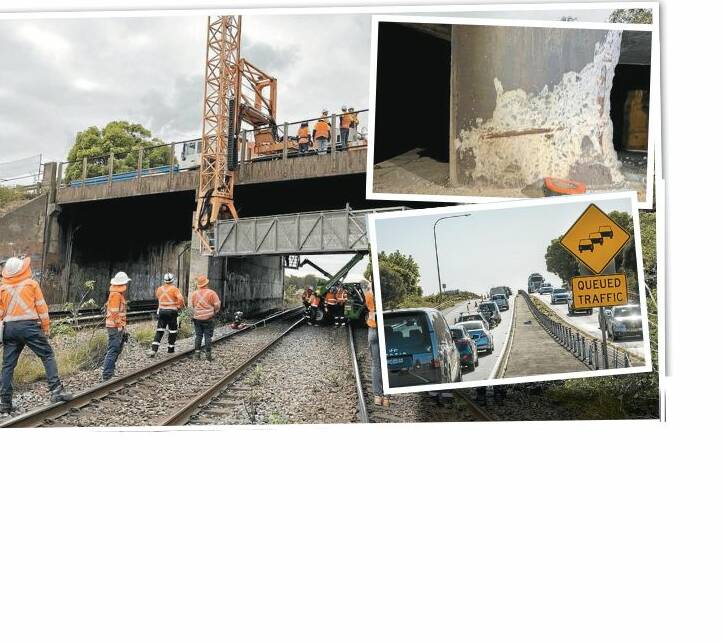
Behind the scenes, documents obtained by the Newcastle Herald under Government Information (Public Access) (GIPA) show Transport for NSW engineers were at loggerheads with the bridge's maintenance contractor, UGL Regional Linx, over the bridge's structural stability.
The documents show UGLRL engaged engineering consultancy BG&E to inspect the bridge in April this year for the purpose of completing a load rating.
The report, delivered in July, confirmed the bridge abutments were in "poor condition".
It followed reports from other engineers that had noted the gradual deterioration of the bridge, which carries an average 68,500 vehicles a day.
The BG&E report recommended the higher mass limit designation for traffic using the bridge be removed to minimise the risk of oversized vehicles using the structure.
It also recommended repairs be carried out in the short term and consideration be given to replacing the bridge in the longer term.
UGLRL told Transport on October 12 that a follow-up BG&E inspection on October 4 and 5 had noted "further deterioration of past defects was observed in comparison to investigations earlier this year".
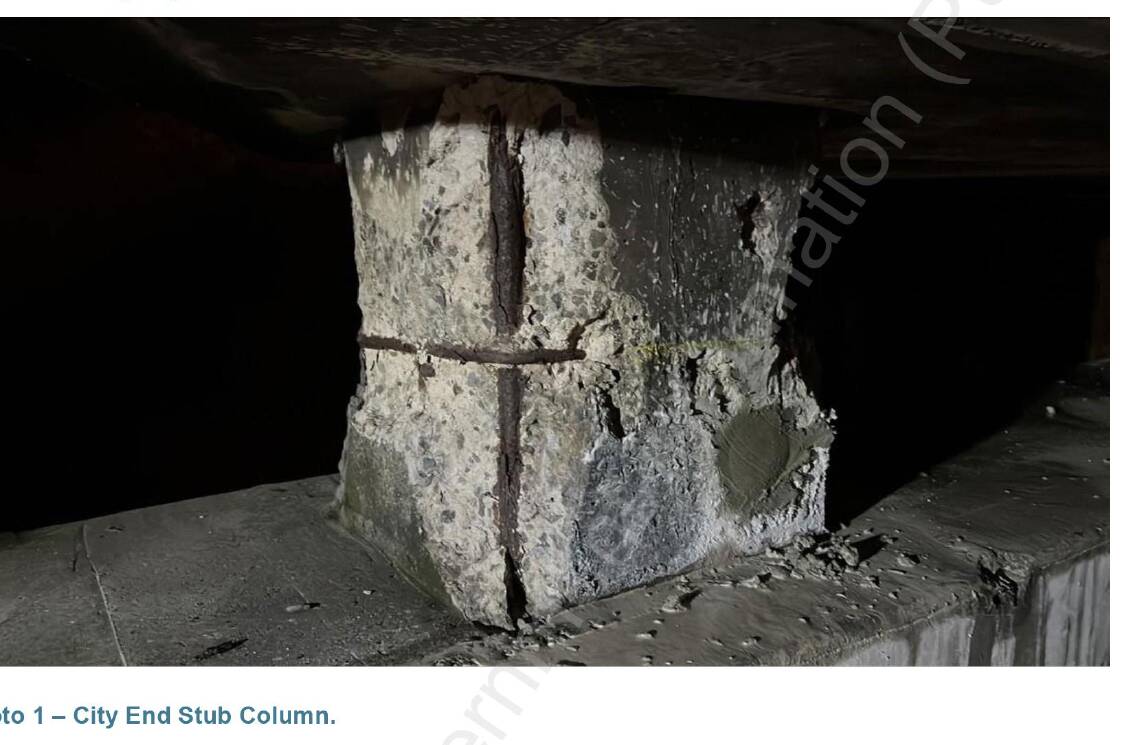
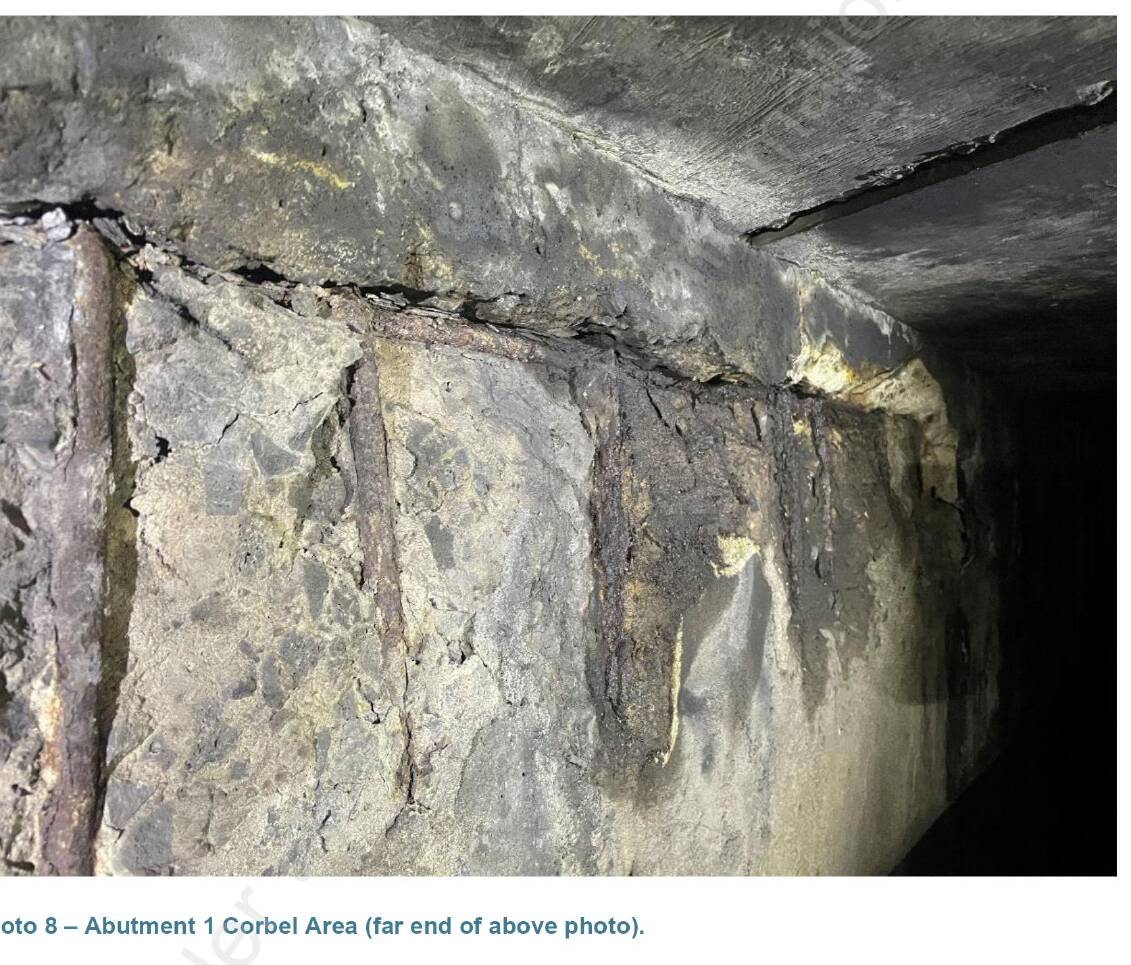
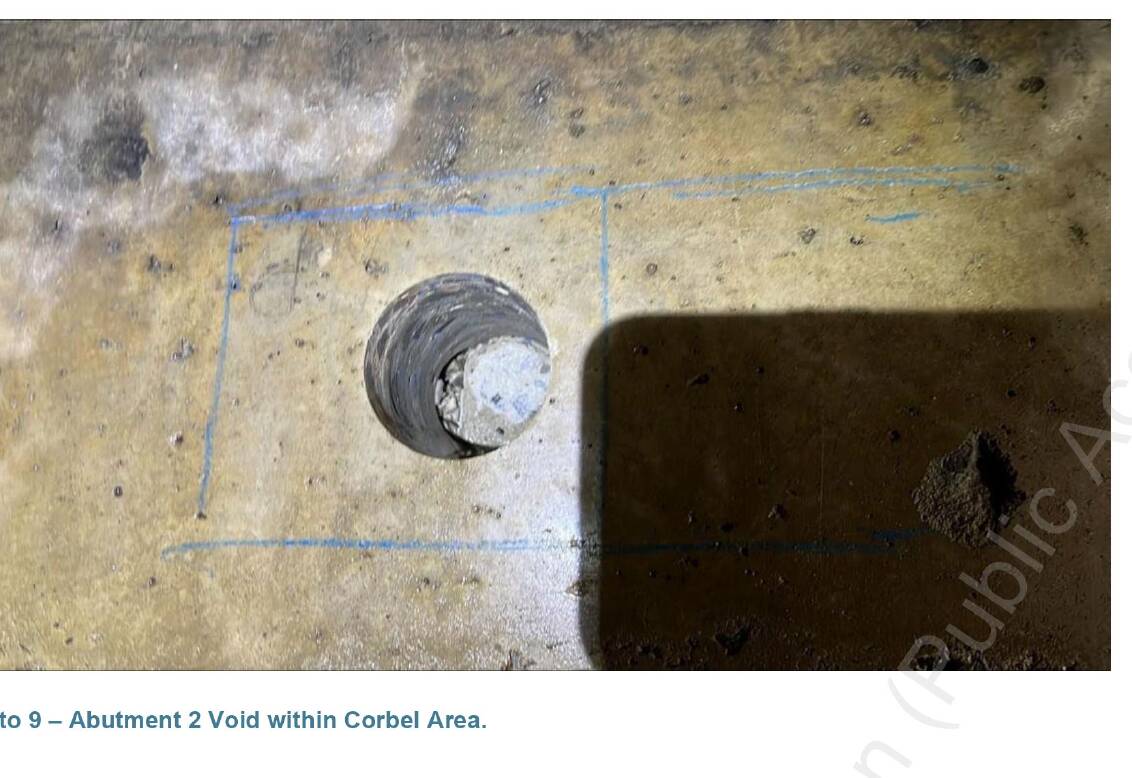
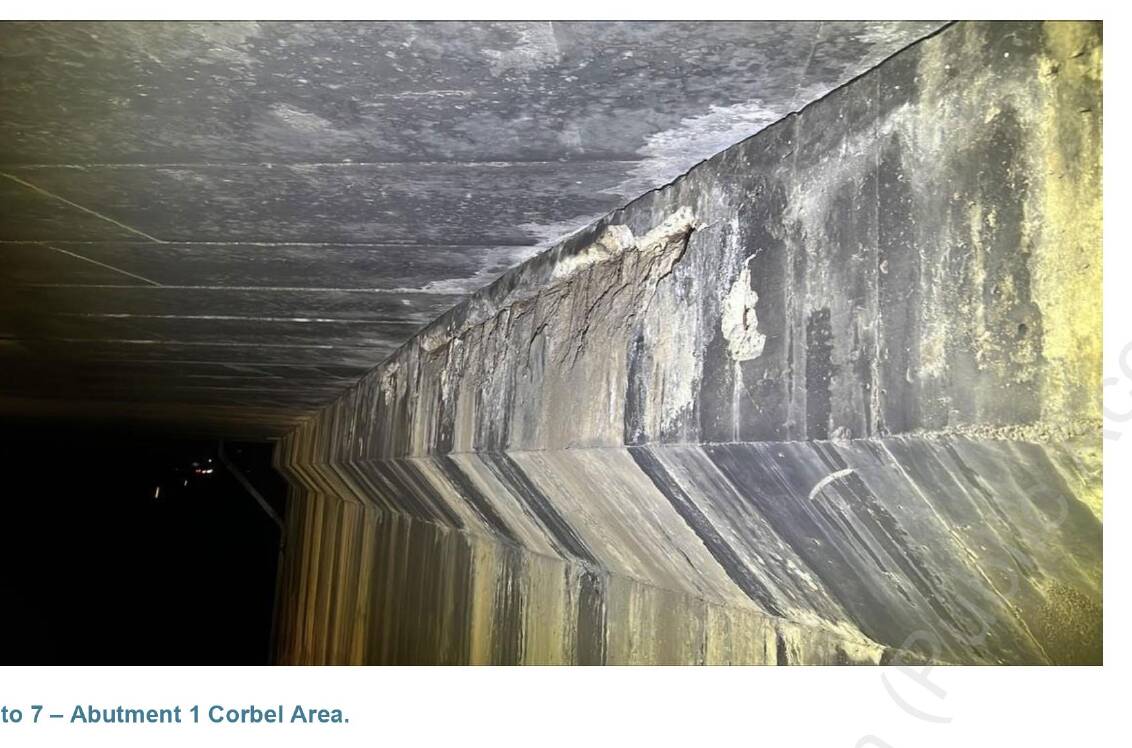
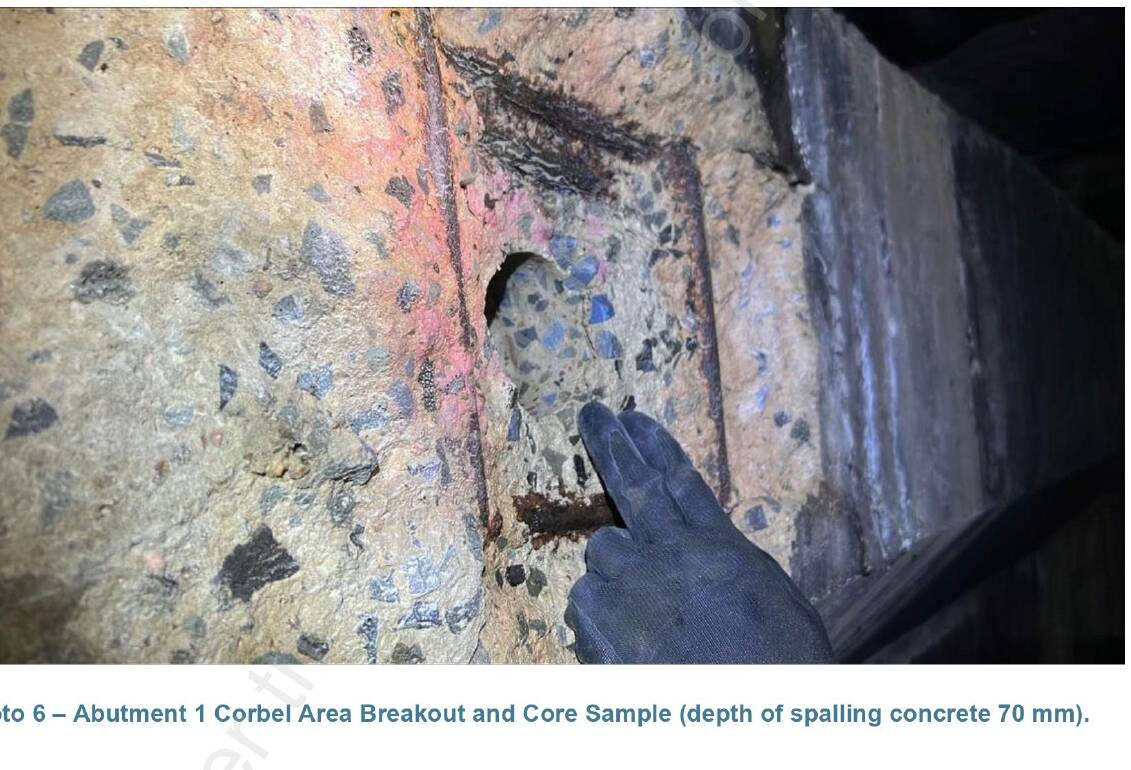
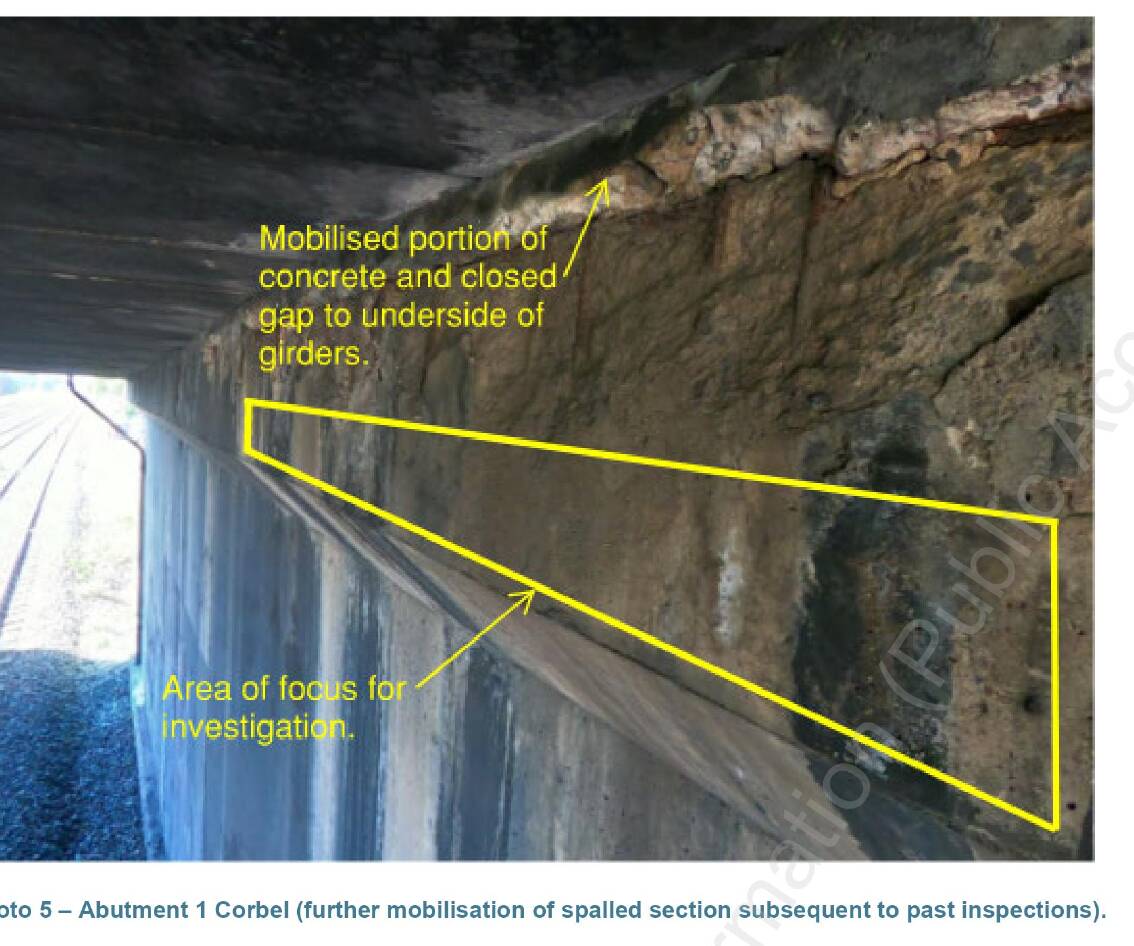
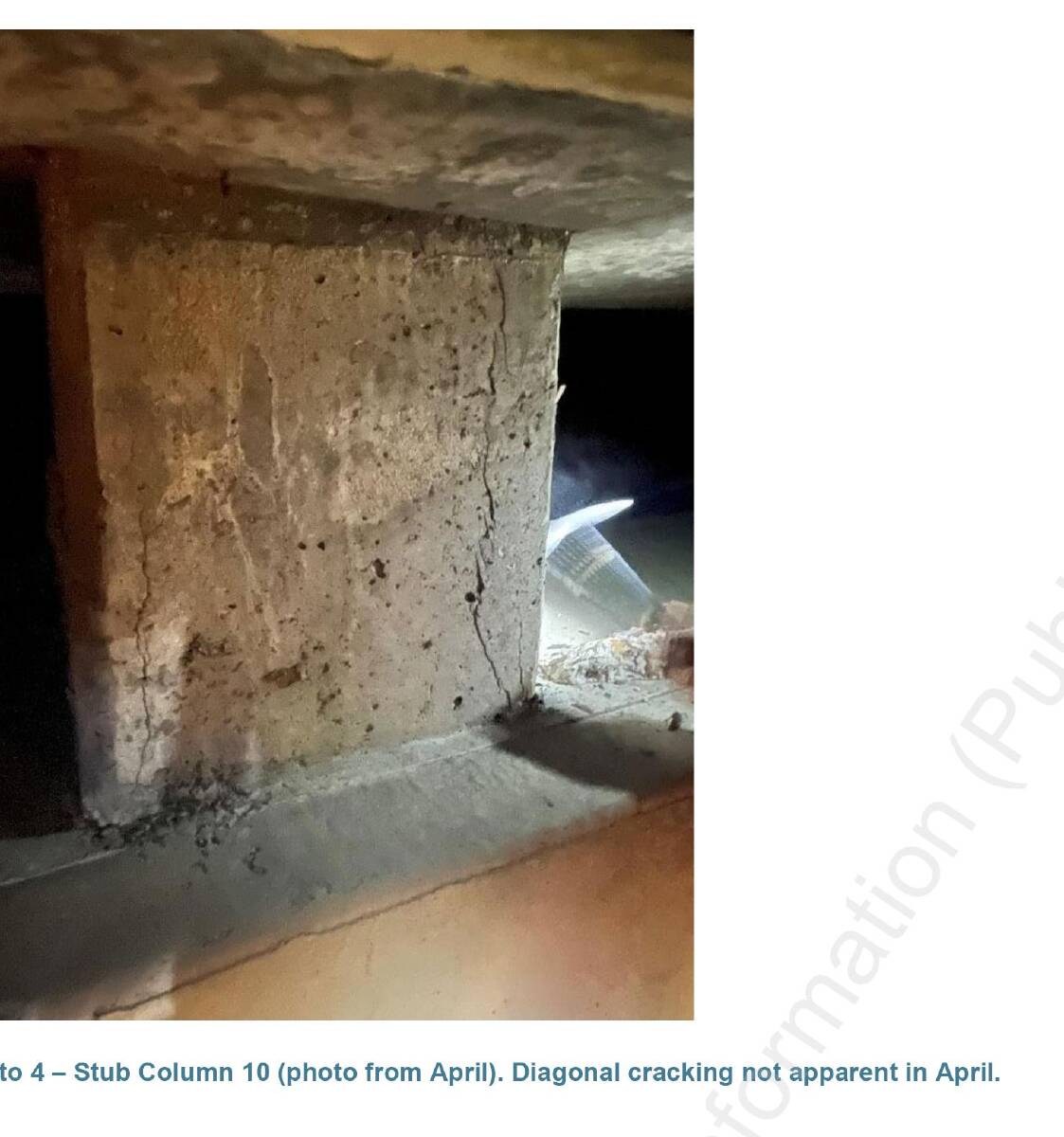
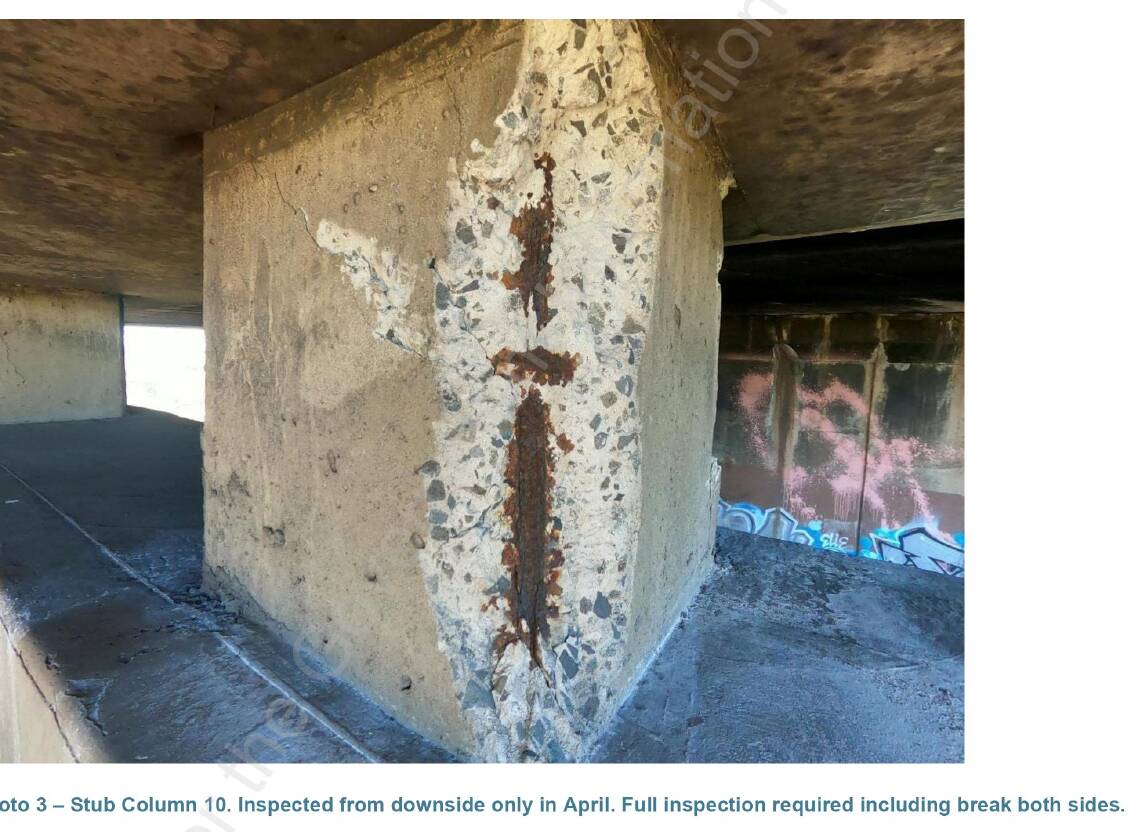
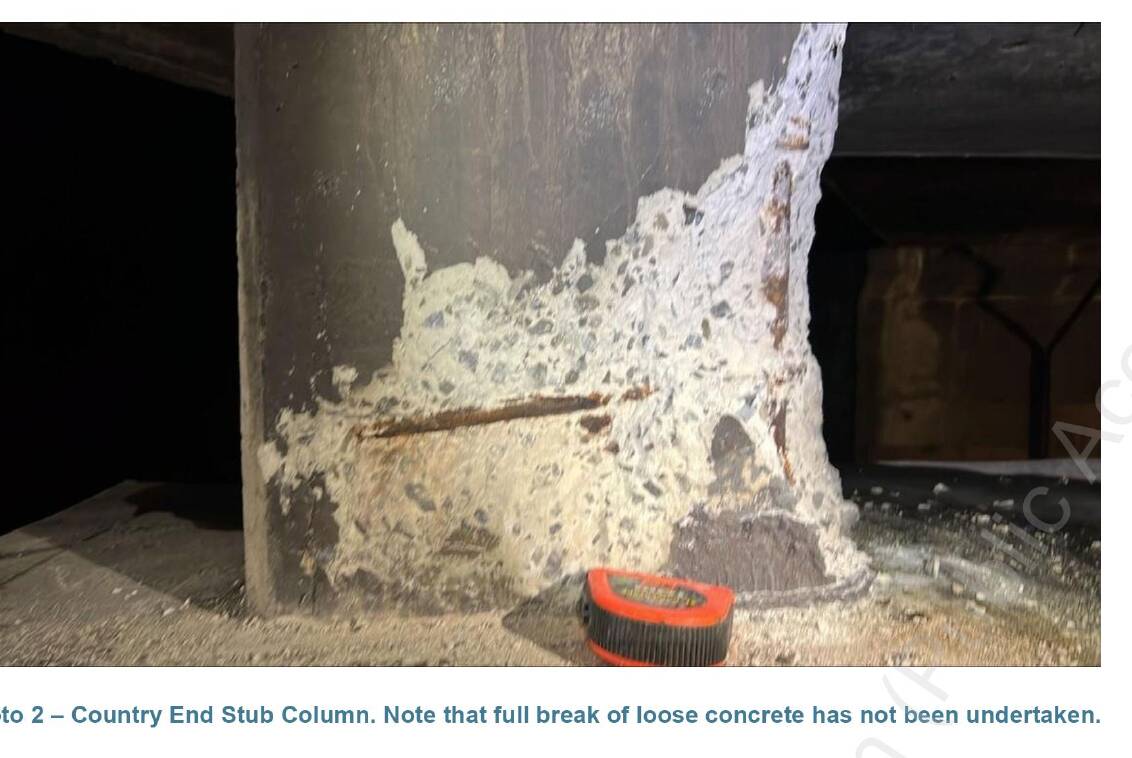
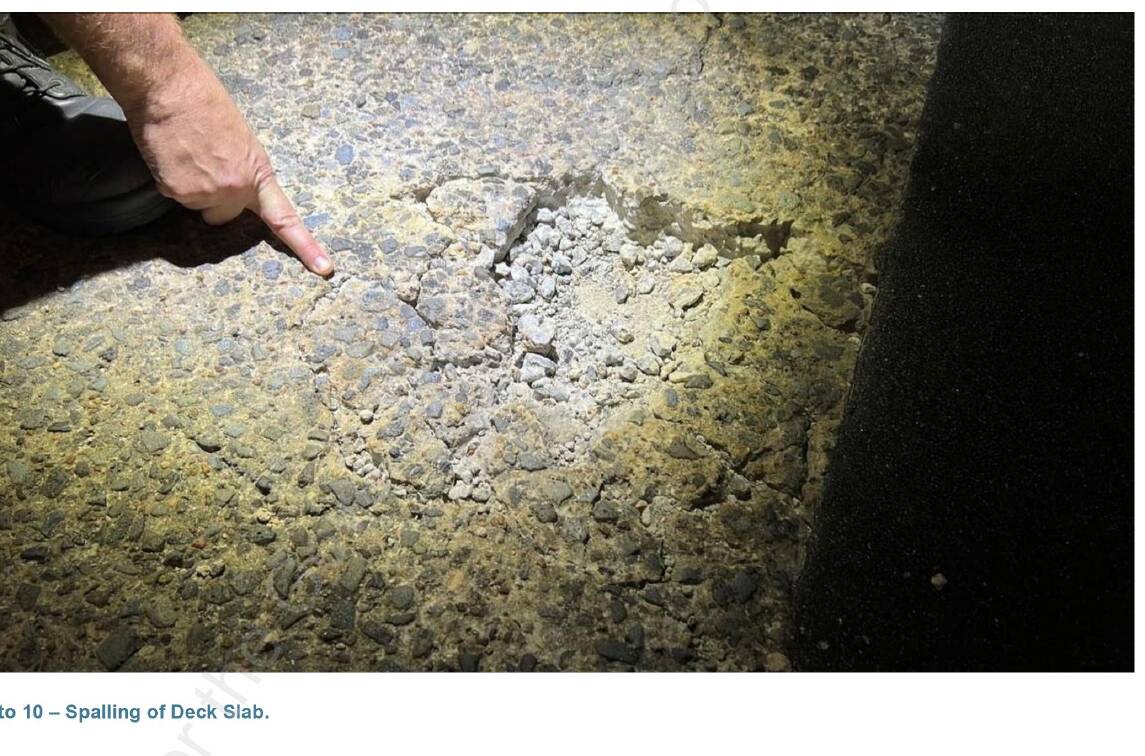
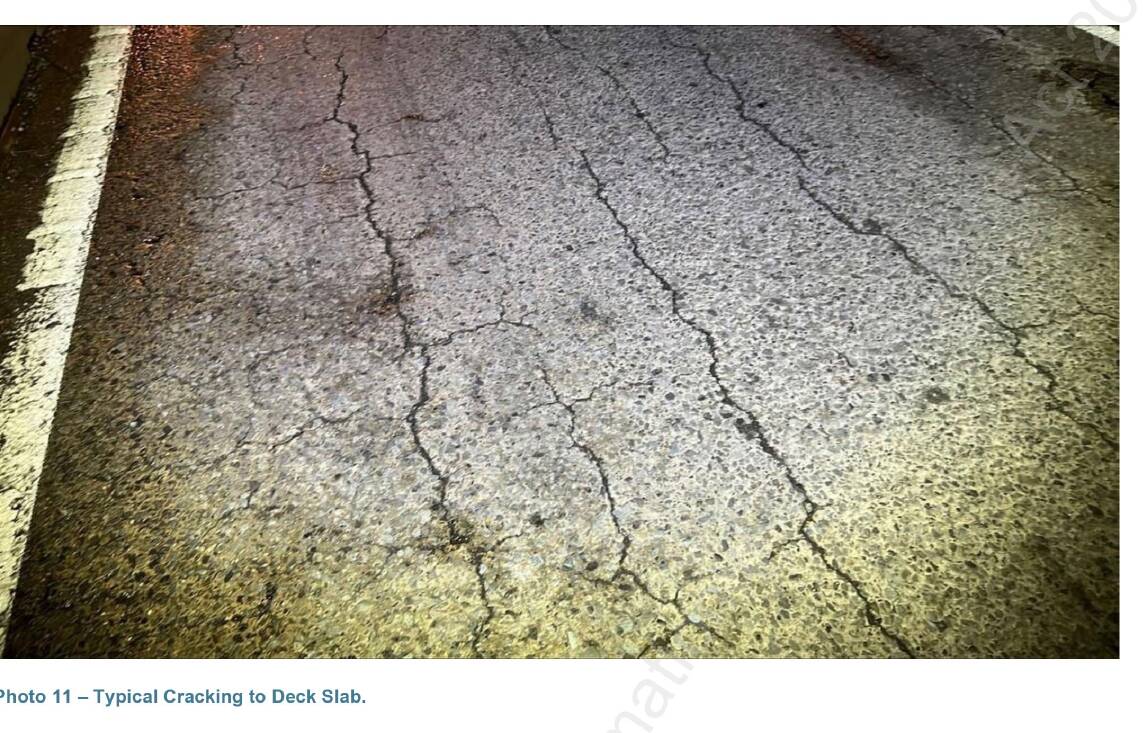
Its analysis found the stub columns at either end of the bridge had inadequate capacity to comply with Australian Standard 5100.
The standard sets out the minimum design loads, forces and load effect for road, railway, pedestrian and bicycle bridges and other associated structures.
BG&E recommended no traffic loading be applied to the outer lanes, emergency rectifications to the outer stub columns be undertaken and speed restrictions remain in place to reduce the potential of dynamic load effects.
Following the completion of these emergency works, it recommended load restrictions remain in place due to "superstructure deficiencies".
Transport agreed to implement the recommendations.
UGLRL advised Transport on October 17 that BG&E had inspected the bridge again on October 14 and 15.
Engineers advised that they were unable to determine a limit state structural capacity in accordance with AS5100 for the corbel (bracket) located under girders 14-16.
Therefore the corbel "could not be considered in accordance with AS5100 for vehicle loading".
In a dramatic development, UGRL also requested Transport close the bridge to all traffic except emergency vehicles.
"UGRL takes its safety obligations seriously, and any structure that we identify (that) does not meet the applicable Australian Standard or cannot be rated in accordance with the applicable Australian Standard must be closed," UGLRL said.
"For as long as UGLRL remains responsible for Tarro Bridge under the Operations and Maintenance Deed, UGLRL's position will remain that the bridge should be closed to public traffic until such time as it is able to be rated in accordance with AS5100."
In a statement, UGLRL said that it had been unable to obtain permission from Transport to respond to Newcastle Herald questions about Tarro Bridge.
A ministerial briefing paper shows Transport engineers believed that UGLRL and BG&E had not presented sufficient engineering evidence and risk assessments to support their recommendation to immediately shut down the bridge.
A team of Transport engineers, accompanied by technical experts from BG&E and the Australian Rail Track Corporation (ARTC) inspected the bridge on October 18 and 19.
The inspection confirmed the degradation of the short columns and an isolated area on the corbel. It also identified degradation of the deck surface.
"Transport found no evidence apart from general material degradation, raising concerns about the overall safety and integrity of the structure..." the briefing paper said.
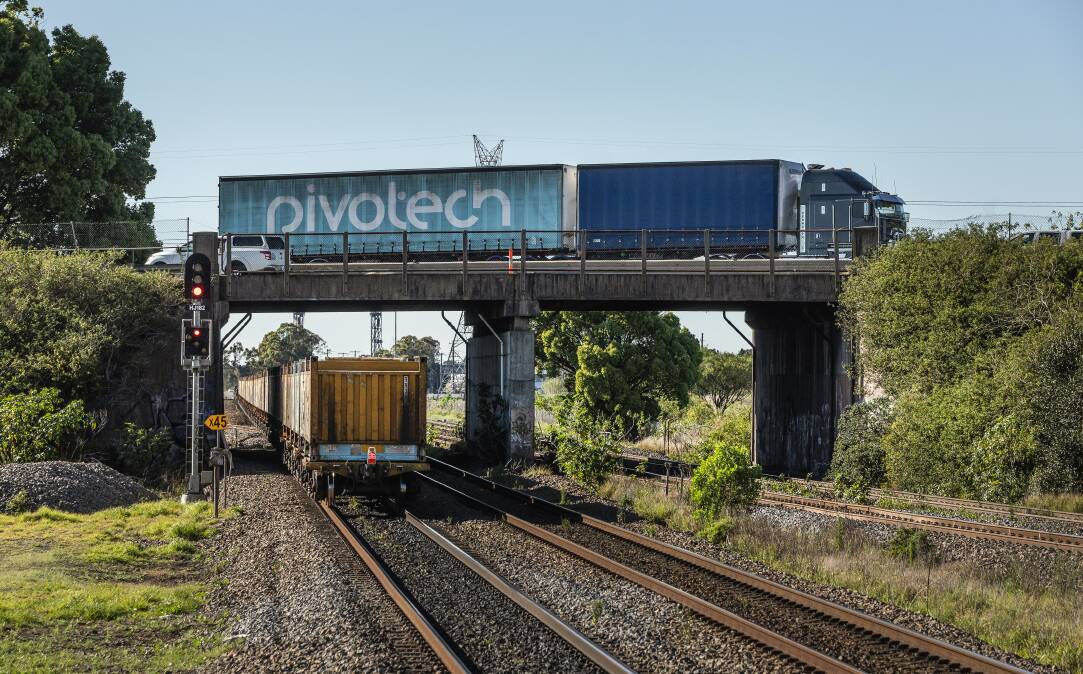
Transport concluded that the likelihood of failure was "extremely unlikely" based on the controls that were in place.
ARTC supported the finding.
An accompanying legal analysis supported the decision not to close the bridge.
The analysis said the argument that the bridge should be closed because an isolated section could not be certified under the current Australian Standard was not consistent with the requirements of Work, Health and Safety Legislation or Transport's obligations as Roads Authority under the Roads Act 1993.
"All elements of an existing asset that was constructed in 1964 do not need to be certified to the current Australian Standard for the asset to be operated safely," the analysis said.
"Instead, the operator is required to undertake relevant engineering due diligence of the asset as a whole in conjunction with the deployment of suitable and fit for purpose asset management and risk management systems in relation to its operations."
A Transport spokeswoman told the Herald that, as the delegated authority under the Roads Act, Transport for NSW is the ultimate decision maker on the course of action to be taken.
"Given all of the information available to it Transport for NSW was satisfied that a full closure of the bridge was not required," she said.
"Transport for NSW's specialist bridge engineers also concluded that concrete repairs and resealing works undertaken to the bridge deck would allow it to reopen to all vehicular traffic and lifting of the earlier restrictions."
The bridge deck repair works involved sealing the road with a mix made up of two layers of glue and gravel.
The layers bind together to provide a durable seal over the road and stop water penetrating the concrete and its supporting structure beneath.
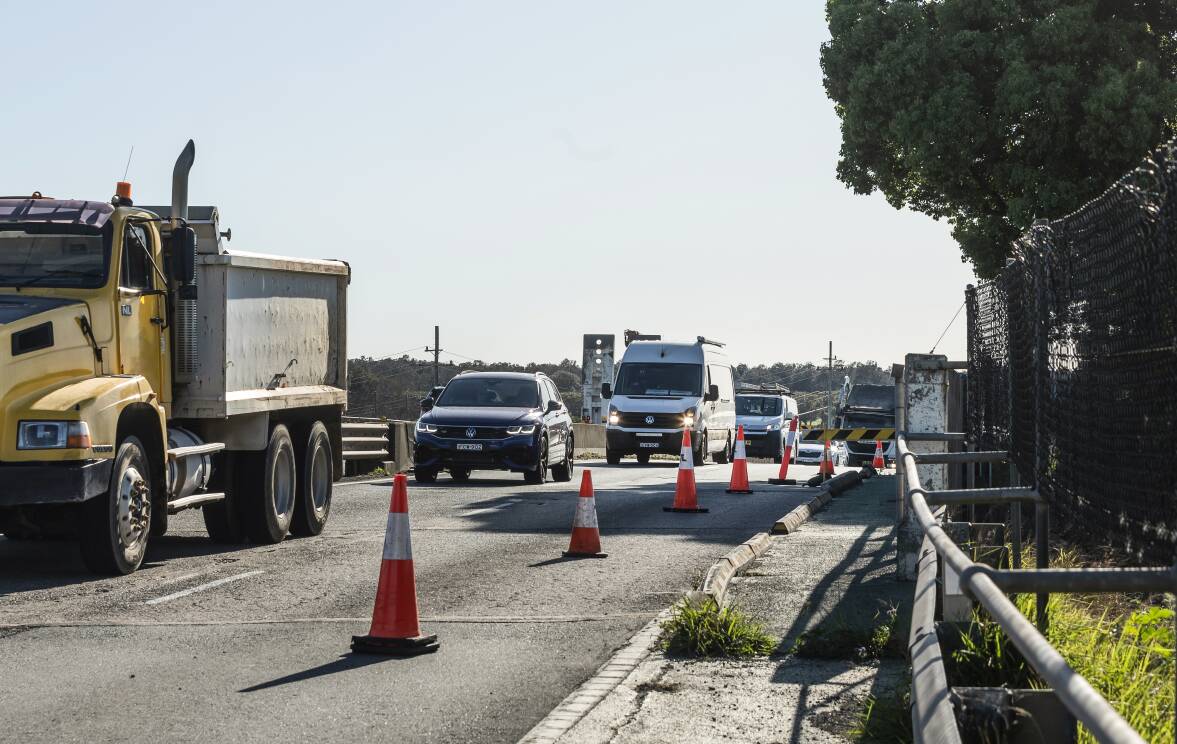
The spokeswoman said Transport had consistently applied a precautionary approach to the management of the safety of Tarro Bridge, included implementing restrictions on the bridge following advice from UGLRL in July.
Following UGLRL's request to close the bridge in early October, she said Transport brought in additional engineering expertise to provide independent assurance - "given the scale of the impact the closure would have on the travelling public, local businesses, the Port of Newcastle, Hunter Valley mines, Renewable Energy Zones and freight operators," the spokeswoman said.
"We understand and very carefully consider all aspects of safety, maintenance of essential services and impacts on motorists, businesses and the wider community whenever we place restrictions on the road network. In this case, restrictions were implemented as a safety precaution while further detailed inspections were undertaken."
The bridge reopened to all traffic with no restrictions on 30 October.
The spokeswoman said the bridge remained under a routine inspection program and was performing as expected.
"Further work is required below the deck of the bridge and will be undertaken progressively. These further works will not impact motorists or rail traffic," she said.
The long-term future of the bridge will be considered when M1 to Raymond Terrace extension. The project is due for completion in mid-2028.







